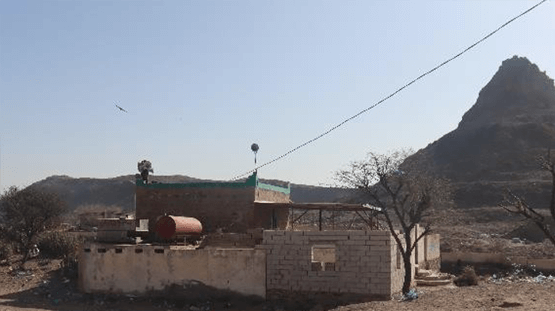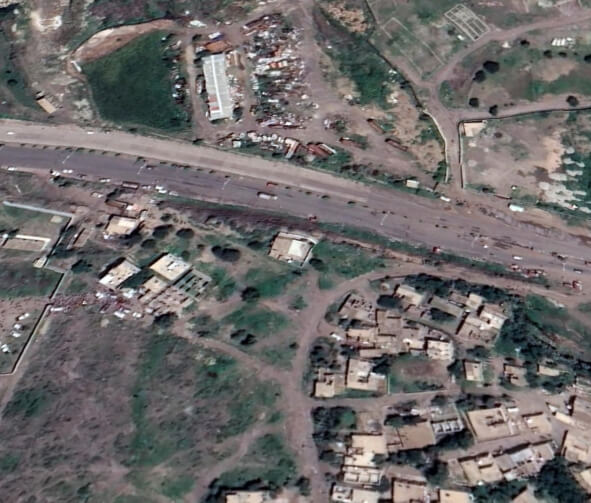
Al-Manshūr Mosque – Ta‛izz
مسجد المنشور- تع ز
Monument description
The monument is one of the historical monuments, as its construction dates back to the first era of Islam. It’s been said that that the great companion of the Prophet Mohammed, Mo’ath bin Jabal, after building the Al-Janad Mosque, built this Mosque during his trip to the city of Ta‛izz. However, the date of construction is unknown, and there are no inscriptions suggesting a historical period. The Mosque has undergone many works of preservation, the last of which was forty years ago, in 1403 AH.

Architectural and cultural value
Construction style and built date: It is one of the historical mosques built during the first era of Islam. The Mosque has undergone many renovations to preserve it, the last of which was in 1403 AH, forty years ago. The Mosque is on a distinctive site on a high plateau overlooking the main street.
Components of the Mosque: The Mosque has the features of a typical small mosque, consisting of a Prayer Hall, a courtyard, a Matahir (Ablution Units) and a room. However, the Matahir and the room were replaced by modern bathroom, but unfinished. The area of the Monument with courtyard and annexes is 292 m2.
- Justifications for intervention:
- Justifications for the intervention
1. An Islamic monument
2. It is one of the oldest mosques in Islam era
3. The Mosque suffers serious damages
4. Preservation of the building from further damage or destruction.
- Monument conditions and treatment:
- The Mosque is seriously damaged, and the people of the area quickly dealt with this damage in a wrong way, but it limited the expansion of the damage, so the Mosque needs a complete restoration before anything unexpected occurs, such as an air strike near to it or an earthquake that may lead to a complete its collapse.
Building condition: - The monument is damaged and there are many damages that need urgent intervention to be repaired, namely:
- Serious damages
1. Obvious damages and vertical cracks in the facades were treated in a random and unsecured way using cement mortar, which
gave a distorted view of the building. The walls of the Mosque may collapse if the urgent necessary restoring and treatments are not intervened. Treatment: Execution of removing and rebuild corroded and salinized stones, using the same kind of stones, plaster mortar (Al-Noura Al-Kadari) must be used as a bonding material for the joints between the stones.
2. Moisture and salinity in the foundations, especially in the clear northern facade. As for the rest of the facades, they need to be detected. Treatment: Execution of removing damaged stones and parts of the wall foundations from the outside and add the needed supports around the mosque. Stones of the same kind of old ones to be used if possible. Use the special material (drops) for the foundations wall to insulate excess of moisture.

Countries




